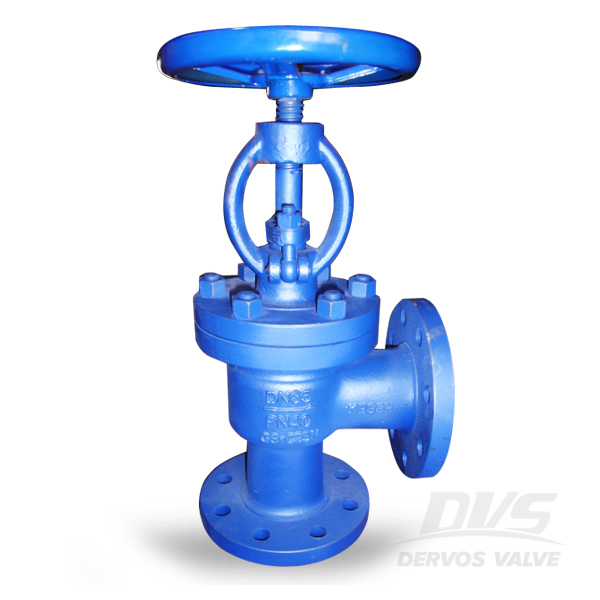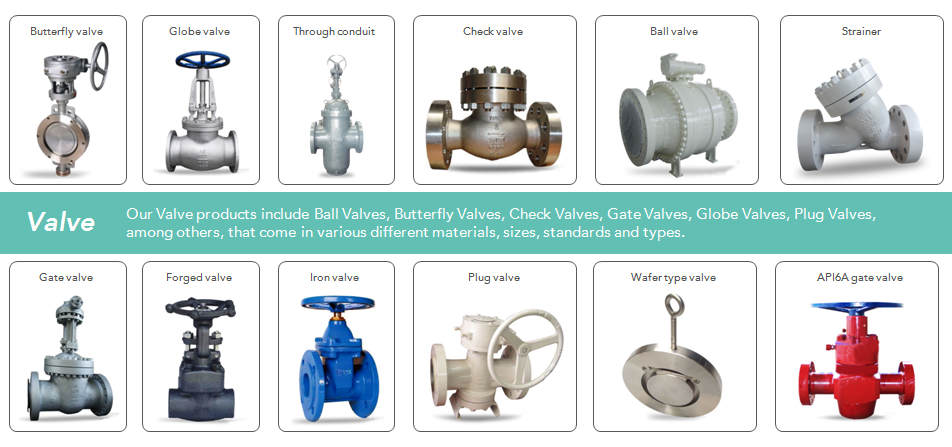Payment:
30% T/T When Order, 70% T/T Before ShipmentProduct Origin:
ChinaColor:
CustomizationShipping Port:
Shanghai ChinaLead Time:
35~60 days Ex Works After Order ConfirmationMaterial:
Carbon Steel Globe ValveMethod of Operation:
Manual Globe ValveThe DN65 PN16 angle type globe valve is made of cast steel 1.0619 body and ss304 trim material, with rising stem, handwheel, RF flange.
Quick Detail
|
Type |
Globe Valve |
|
Norminal Size |
DN 65 |
|
NorminalPressure |
PN 16 |
|
Construction |
Angle Pattern, BB |
|
ConnectionType |
Flanged |
|
Operation |
Handwheel |
|
Design Code |
DIN 3356 |
|
Face to Face |
EN 558 |
|
Connection |
EN1092 |
|
Test & Inspection |
EN12266 |
|
Body Material |
GS-C25 (1.0619) |
|
ApplicableTemp |
-29℃~+425℃ |
|
Application |
WOG |
Related Knowledge
Why use an angle type globe valve?
Angle globe valve turns the flow direction by 90 degrees without using an elbow or the extra pipe weld, which reduce the number of joints on the pipeline, save the installation time, and reduce the pressure drop & flow resistance.
The angle pattern globe valve are used for application with periods of pulsating flow, since they are able to handle slugging effect.


If you are interested in our products and want to know more details,please leave a message here,we will reply you as soon as we can.